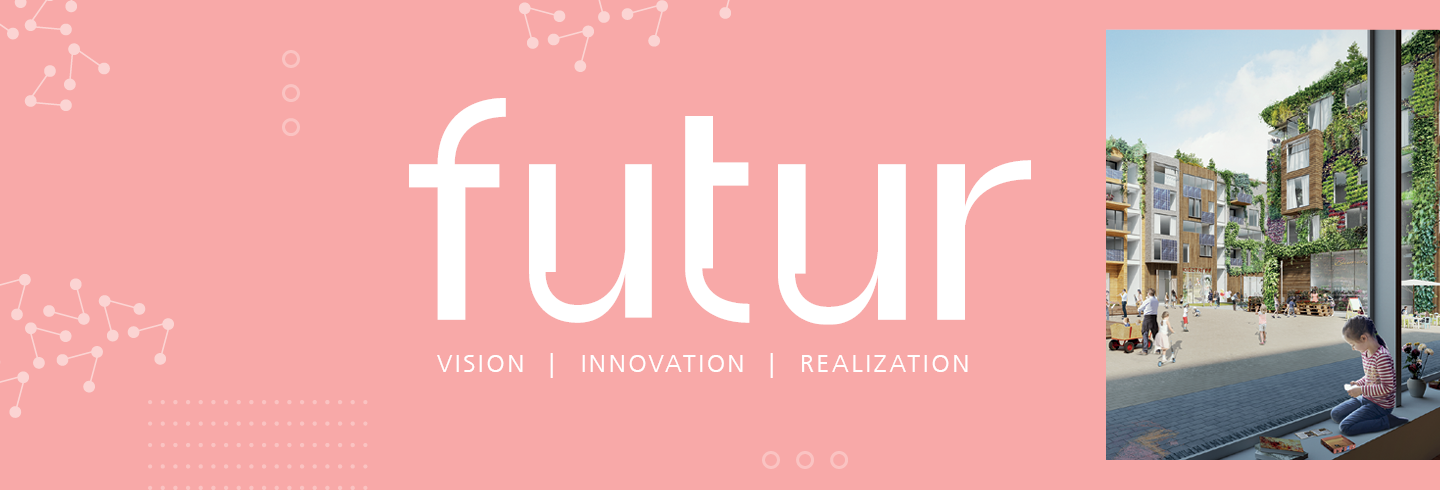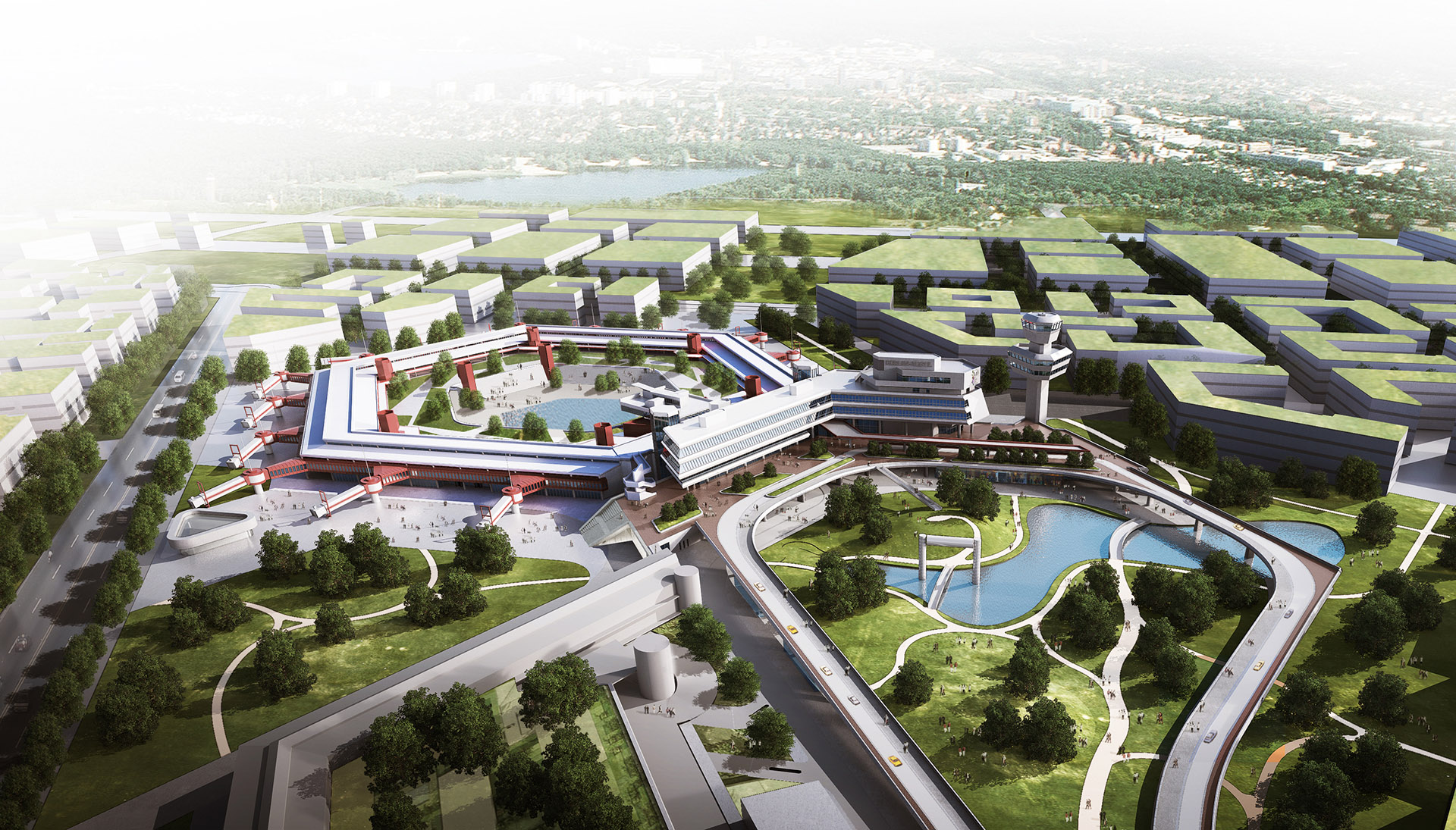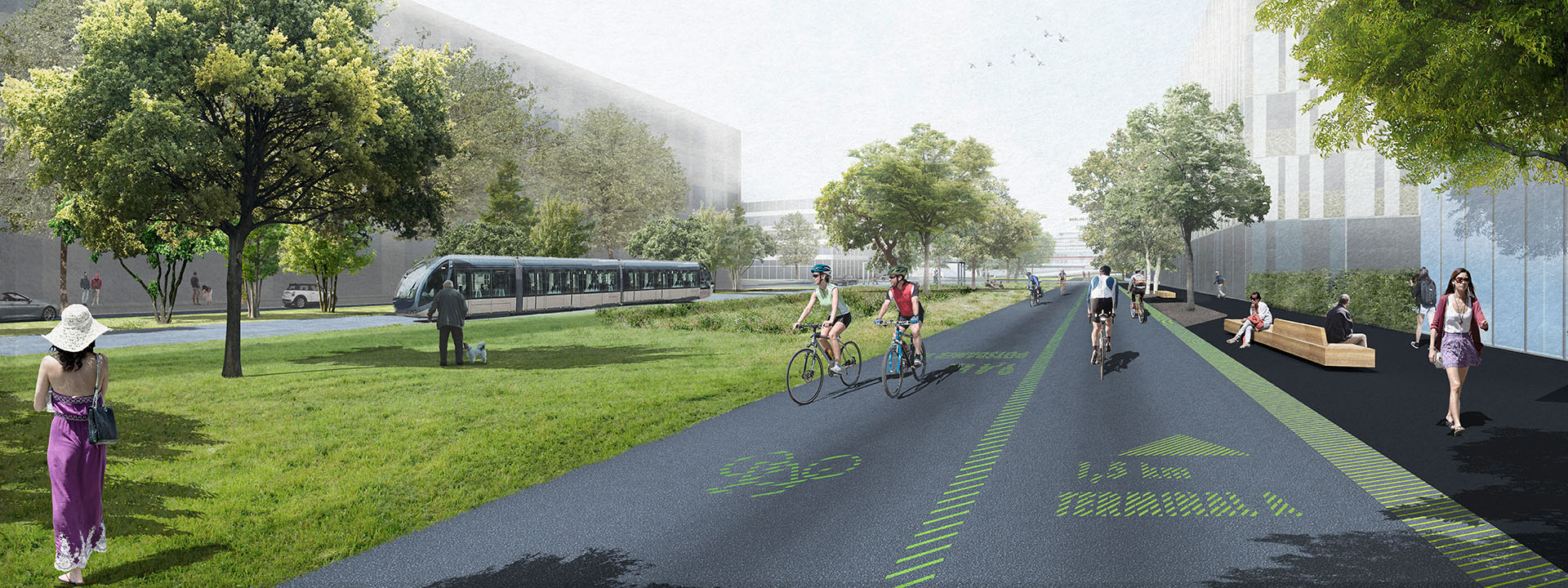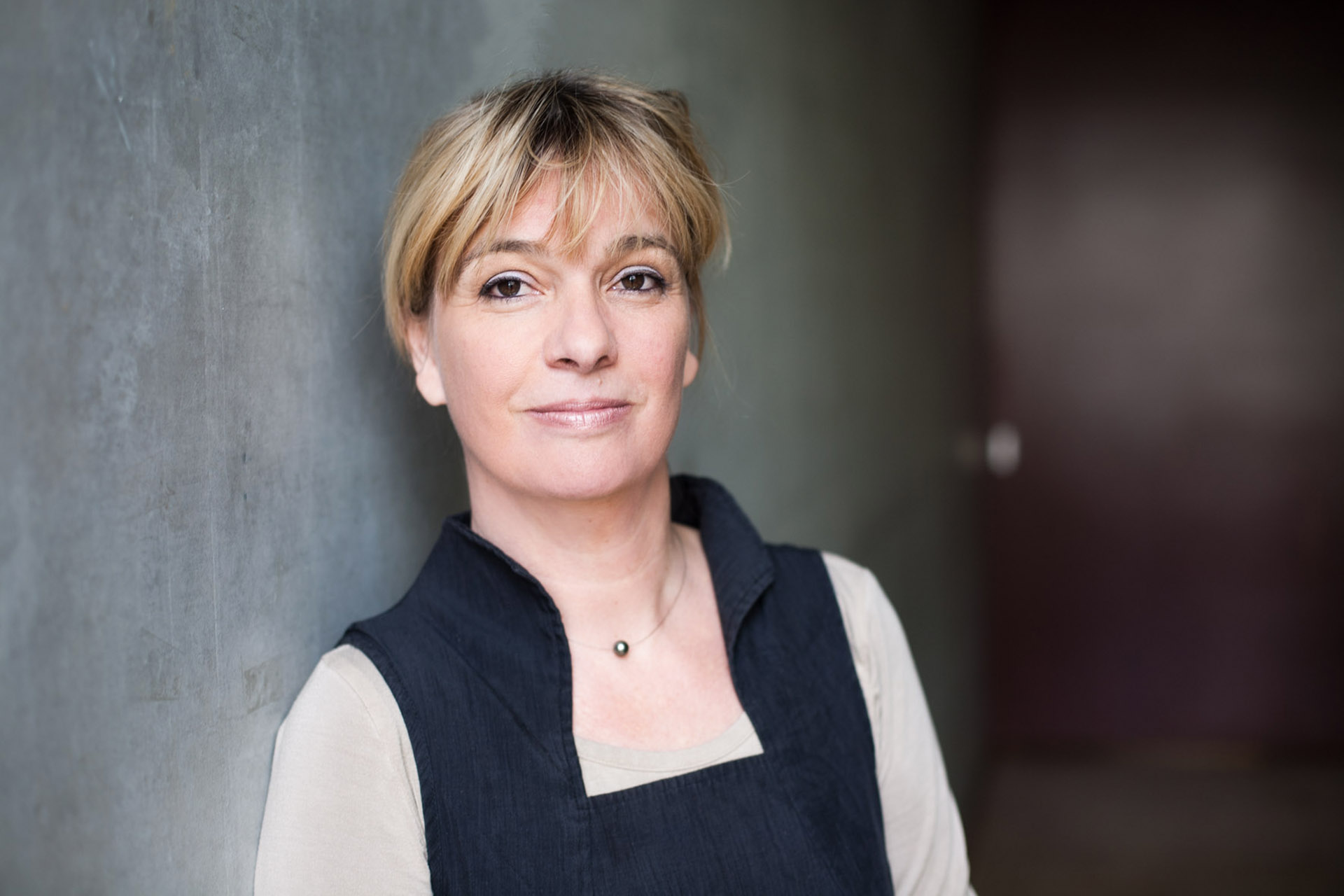Interview with Gudrun Sack, Tegel Projekt GmbH
Following the closure of Tegel Airport, a new residential district is arising on its former site among other things: The Schumacher Quartier is to become a sustainable, smart and social home for more than 10,000 people. We spoke with Gudrun Sack, Managing Director of Tegel Projekt GmbH, about Berlin's ambitious showcase project.
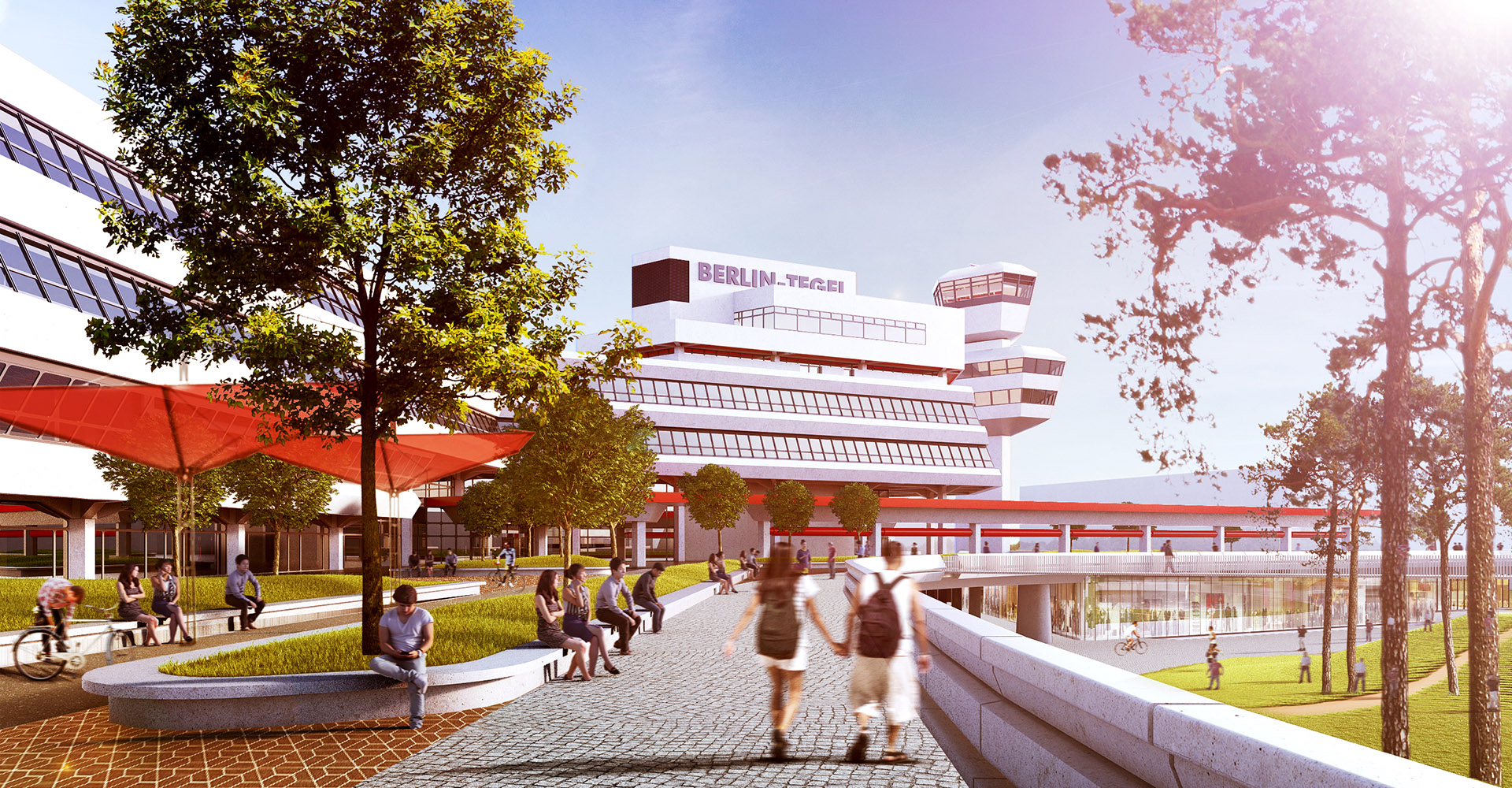
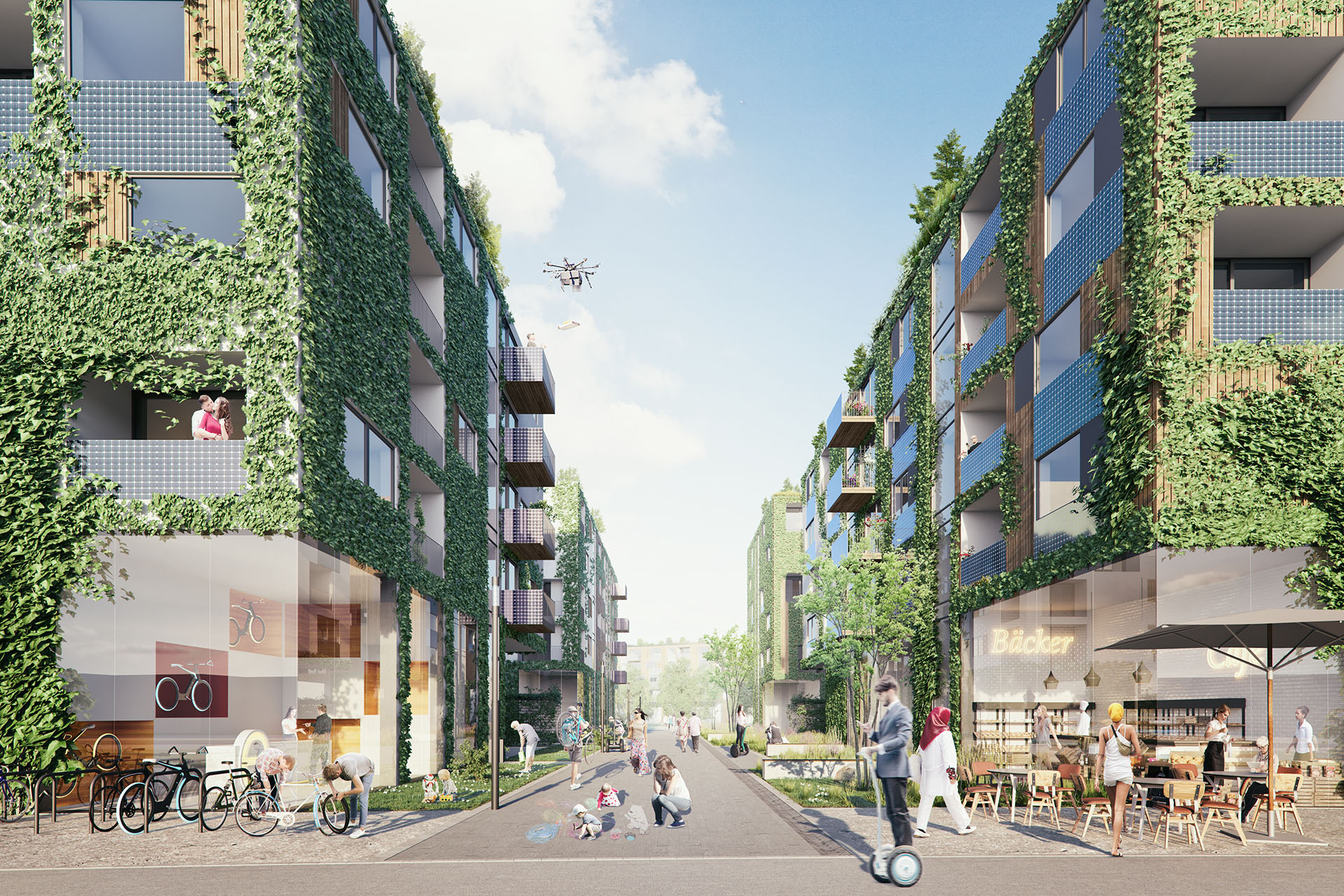
futur: Ms. Sack, you have been Managing Director at Tegel Projekt GmbH since May 2021 and are responsible for both the residential quarter and the Innovation Park. What is the current planning status?
Sack:
The plans for both projects are well advanced and are based on ten years of intensive work on the question of how we want to live in our cities in the future. In the process, exemplary and innovative concepts have emerged for the Urban Tech Republic and the Schumacher Quartier. The task at hand is to implement these concepts now, and for us this is a process that is as exciting as it is challenging. The core of the Urban Tech Republic, namely the former main terminal, will be home to a university. Around it, we will create space for up to 1,000 start-ups and companies working on innovative technologies for our cities. Ideally, they will be applied right next door in the Schumacher Quartier. It will be a smart, CO2-neutral urban district, ultra-modern, socially mixed, with affordable rents. What both projects have in common is their model character with a large number of individual innovations. Concepts such as the Car-free Neighborhood or the 15-Minute City are applied here, as is a new type of energy system, the Sponge-City principle or Animal-Aided Design.
futur: What are you specifically engaged in at the moment?
Sack:
In August 2021, we took over the project site of the former airport and since then the first steps of implementation have been running parallel to the planning. In concrete terms, we are currently clearing explosive ordnance and preparing for civil engineering. The first development plans have been drawn up, the land allocation process can start this year and we are pleased to have the first companies on site. 1,600 m² in offices and workshops and 6,000 m² of experimental space are already being used in the future research and industrial park, which is a great success. Parallel to the renovations of the listed airport buildings, the first major construction phase will begin in 2024. The plan is for the first construction phase in the Urban Tech Republic to be completed in 2027 and for the first wooden buildings to be in place in the Schumacher Quartier.
futur: The Schumacher Quartier is regarded as a model project for neighborhood development adapted to the effects of climate change. What are you doing specifically to make the new district climate-neutral?
Sack:
In the Schumacher Quartier, various building blocks come into play that are aimed not only at climate neutrality but also at climate resilience. For example, we focus on sustainable raw materials, renewable energies, the sensible use of resources, and a conscious look at the CO2 footprint we leave behind – in everything we do. Our big issue is the circular economy. We don't think in terms of consumption, but in terms of reusing and recycling raw materials within a closed-loop system. This applies to the Schumacher Quartier, but also to the Urban Tech Republic, where we hardly ever demolish buildings, for example, but instead convert them or recycle the concrete from the many sealed surfaces.
 Fraunhofer Institute for Production Systems and Design Technology
Fraunhofer Institute for Production Systems and Design Technology